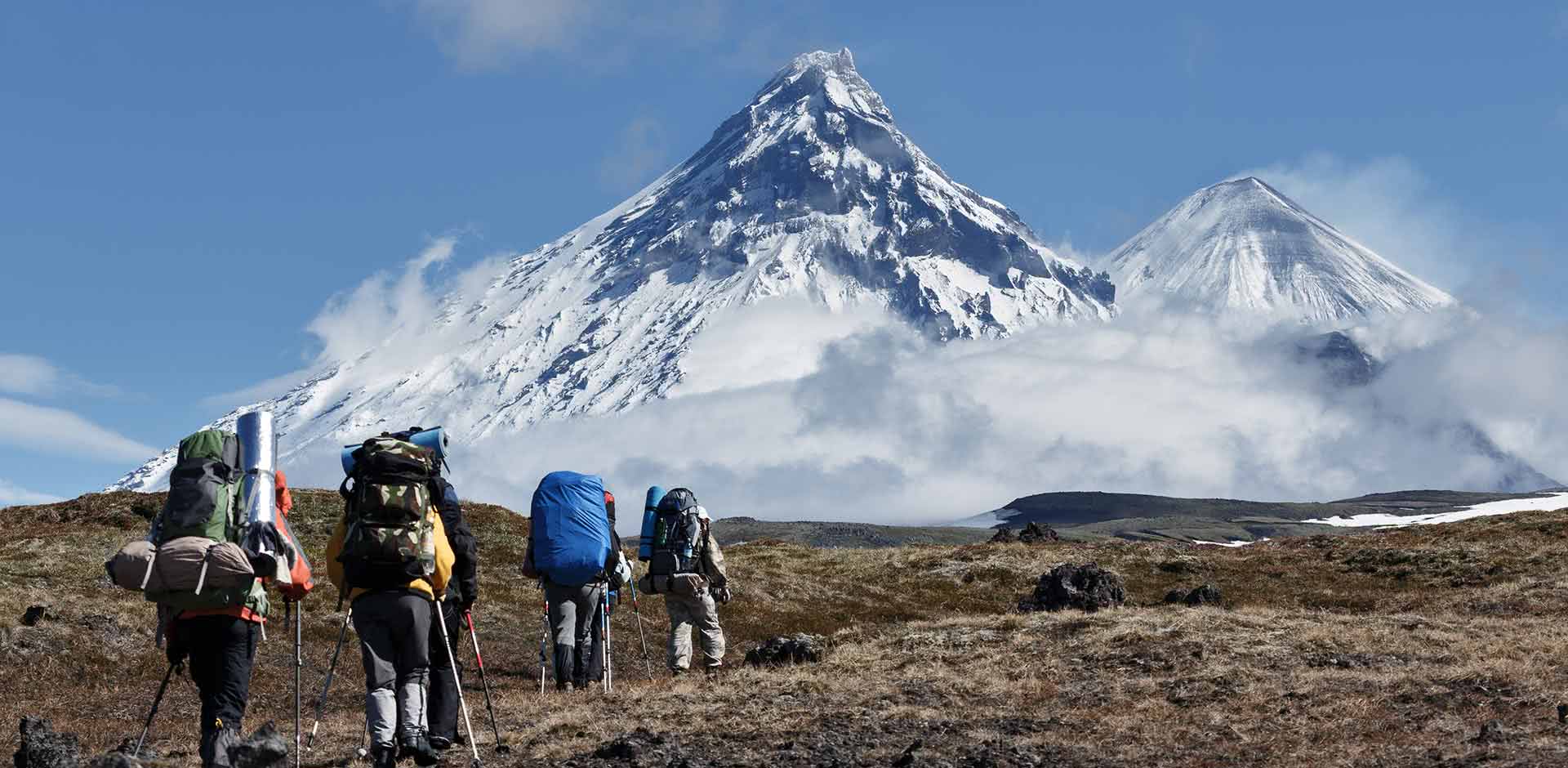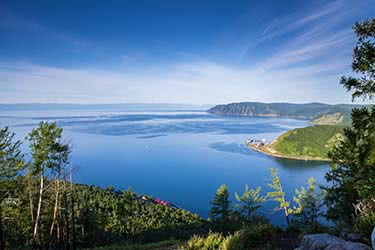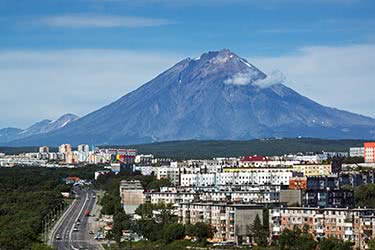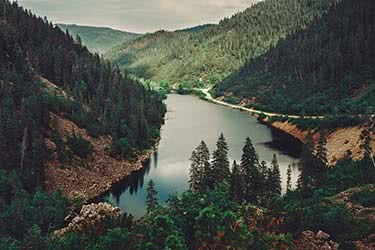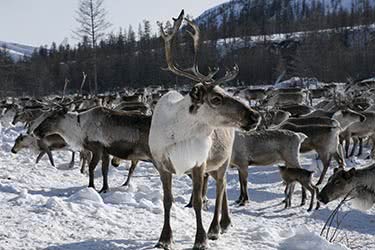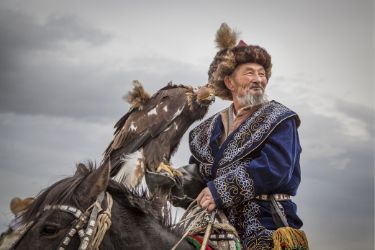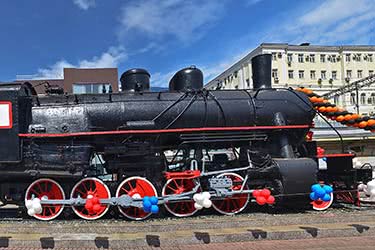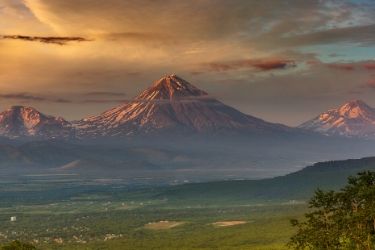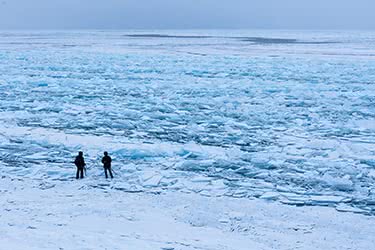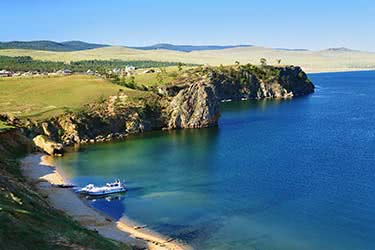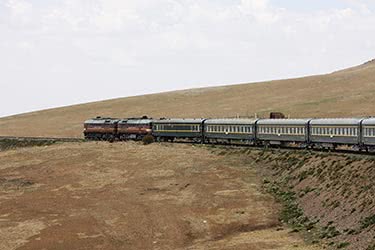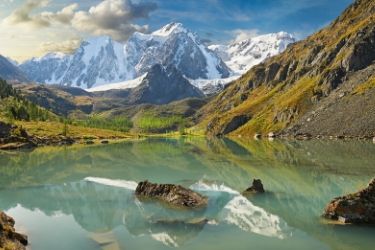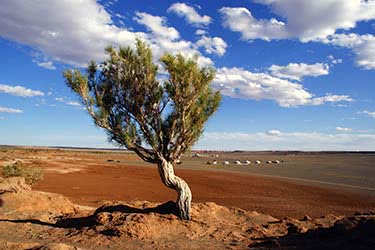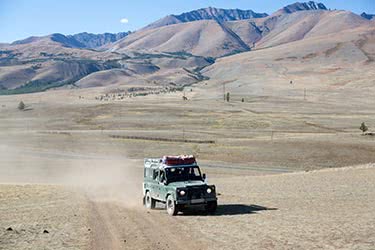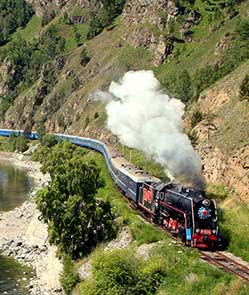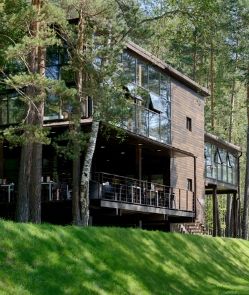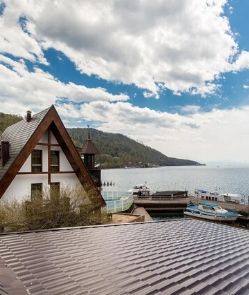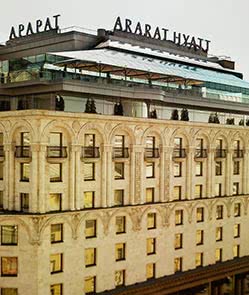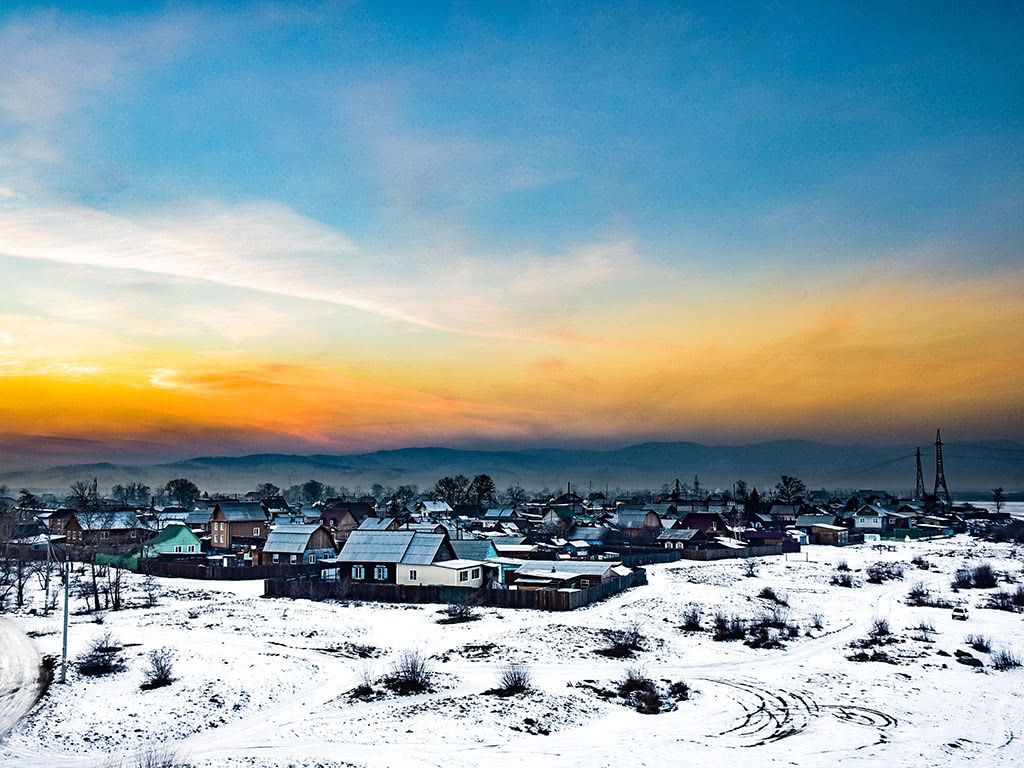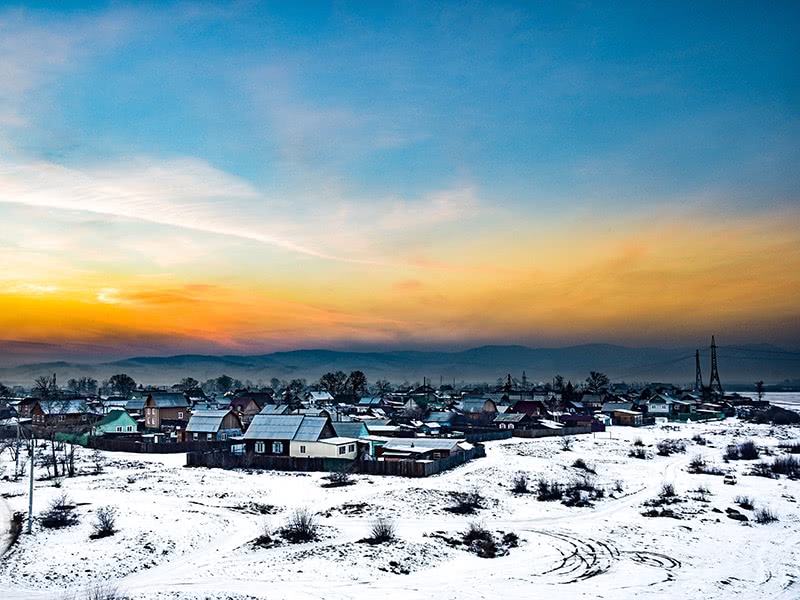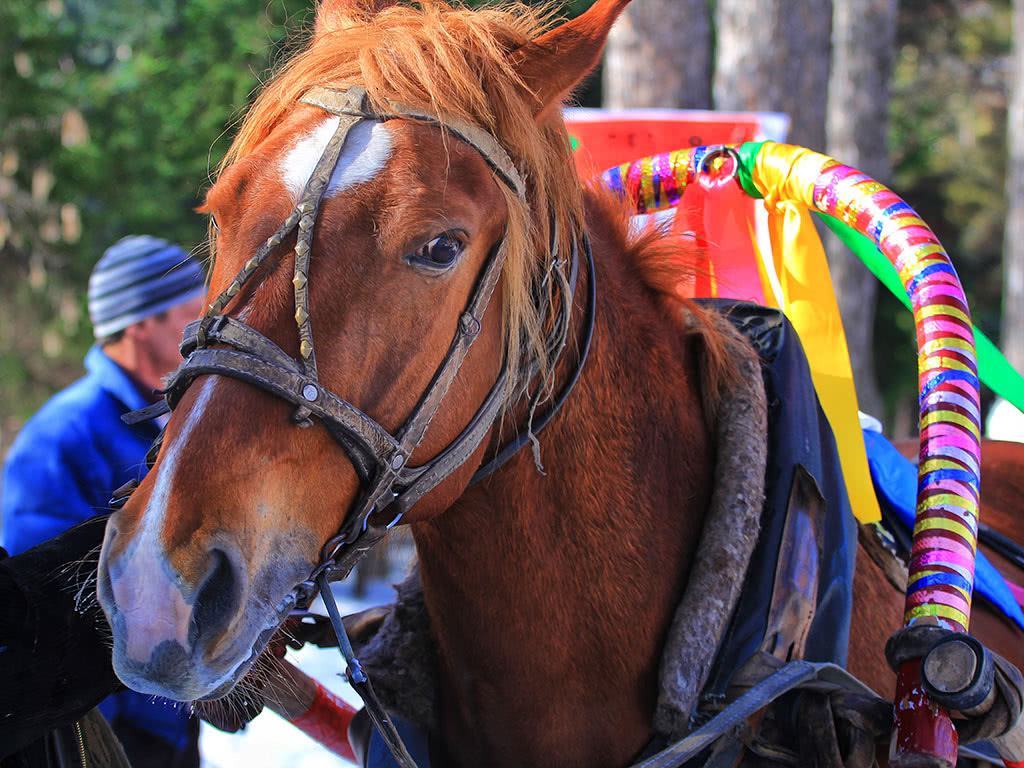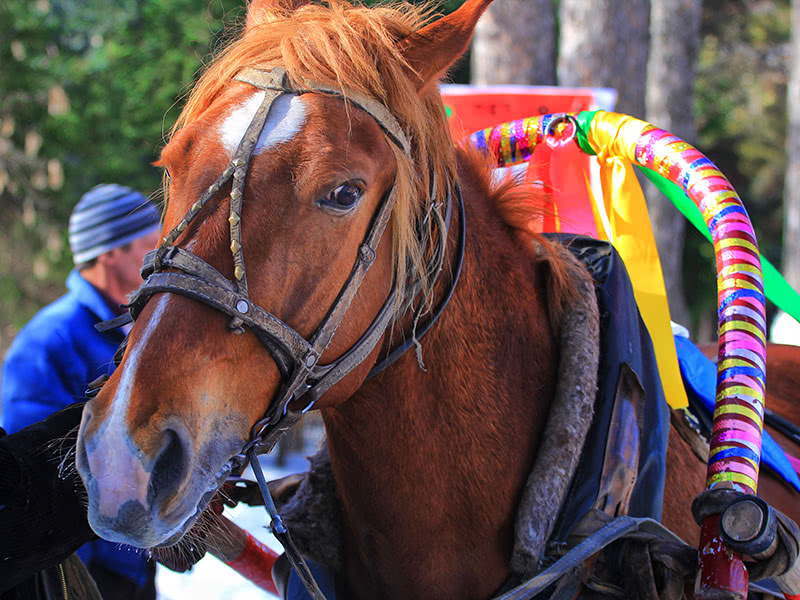
Siberia & Russian Far East
Please note: Due to international sanctions, we are currently unable to accept bookings for Russia.
Though it’s true that Siberia really does live up to its reputation of sprawling, barren, freezing tundra, there’s much more to it. From Omst Oblask in the west, to the furthest northern reaches of Taymyria, and as far east as Chita Oblast on the border with China, it covers more than 5.1 million square miles. It has swampy plains, dense taiga thickets and forests, packed with rare and beautiful flora and fauna; it has soaring mountains set with sparkling glacial lakes and pretty cities whose streets are lined with historical architecture.
Such varied terrain is, of course, highly conducive to a huge range of interests and pursuits. The glorious Altai Mountains, for example, as well as being breathtakingly beautiful, are an enduringly popular destination for hiking, trekking and white water rafting. Not forgetting Lake Baikal - the jewel of Siberia - which is one of the deepest and purest lakes in the world. Dotted with islands and fringed with mountains, Baikal is one of Siberia’s most precious treasures and its magical drawing force is not to be resisted.
Siberia & Russian Far East Regions
Explore in-depth information, experiences and highlights by navigating to specific regions using the links below.
Trans-Siberian Railway
Baikal Region
Altai Region
Tuva & Khakasia Republics
Northern Siberia
Russian Far East
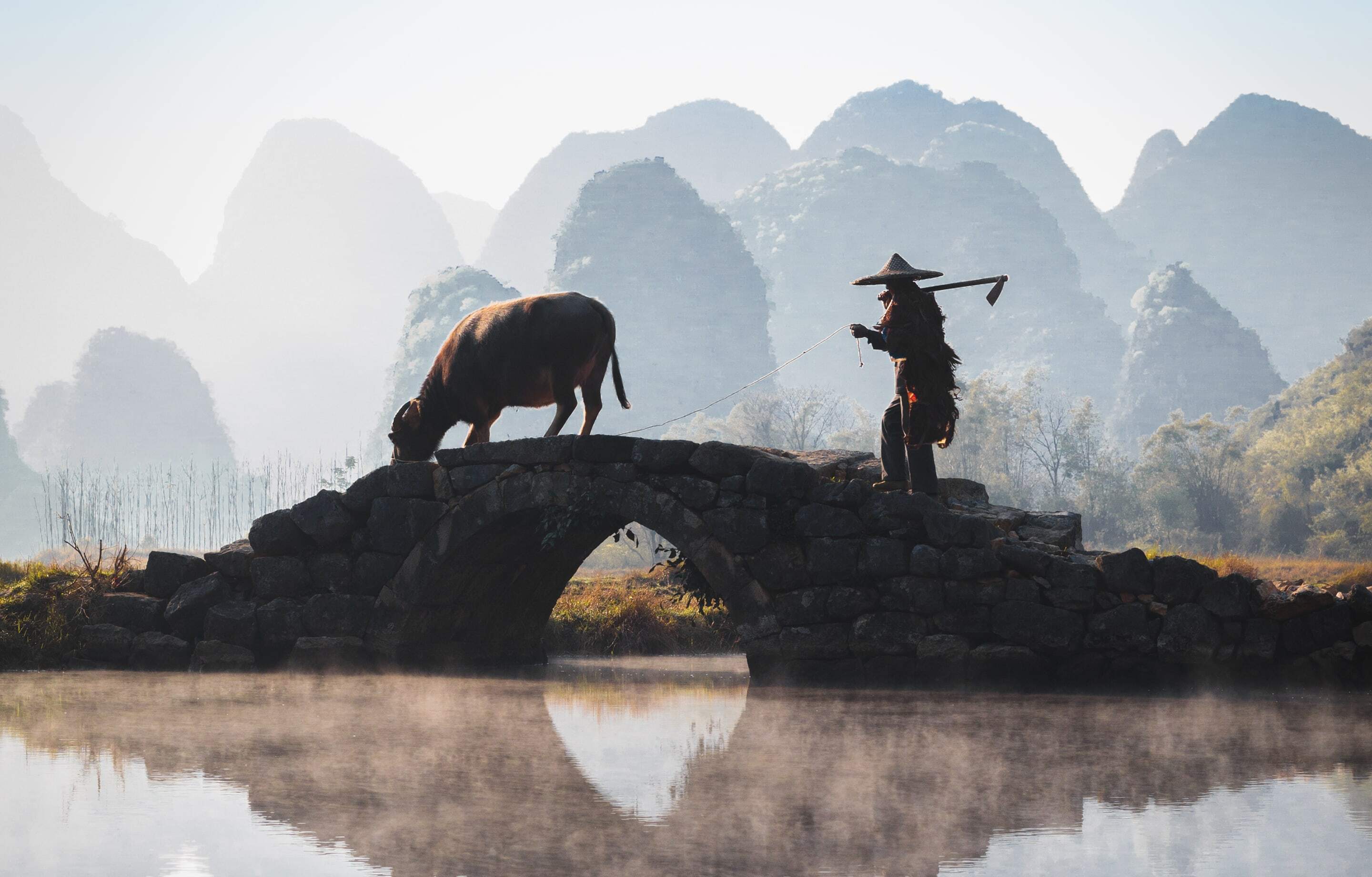
Exclusively Asia
With Remote Lands you'll travel with people who have made Asia the solitary focus of their own lifelong adventure. As our guest, you'll discover Asia on a journey that is completely, authentically your own, adapted from our own remarkable experiences and adventures over the years.
With Remote Lands you'll travel with people who have made Asia the solitary focus of their own lifelong adventure. As our guest, in the continent that our north American founders Catherine and Jay have adored and explored for decades, you'll discover Asia on a journey that is completely, authentically your own, adapted from our own remarkable experiences and adventures over the years.
Weather in Siberia & Russian Far East
The best time to visit Siberia is March when it is not too hot, not too cold and Lake Baikal is still covered in ice. October is mild, but the Baikal ice has thawed. Summer is not prohibitive, but hot, humid and frequently rainy.
- In Siberia, please note the average high temperatures from May through September, the best time of year to visit, and pack your clothing accordingly: May: 60°F (15°C), June: 71°F (21°C), July: 75°F (23°C), August: 69°F (20°C), and September: 59°F (15°C).
- Average low temperatures for the same months are between 15° to 20°F or 10°C lower than the highs.
- By October, the average high in Siberia dips to 41°F (5°C), and by November it is 23°F (-5°C).
- Between the second half of November and early March, the following clothing items are essential: a fur coat or similar synthetic thick coat to protect from cold and wind, a thick hat, mittens or gloves made of wool (not leather), a wool scarf, boots with thick, softer soles and preferably wool lining inside, wool socks, and wool tights for women.
Multi-Country Specialists
Siberia & Russian Far East Goes Well With




Travelogues
An Asia-focused magazine brought to you by Remote Lands - a platform for adventure, luxury, and authenticity from experts and explorers around the continent.
Mongolia and Siberia: Adventure at the Edge of the World
- Author
- Travelogues
Whether it’s the frozen ice sheets of Baikal or the Flaming Cliffs of the Gobi, Mongolia and Siberia offer travelers a chance to get close to mother nature and far from everything else.
Winter Travel Season for South Siberia Approaches
- Author
- Travelogues
Next month South Siberia get a little bit whiter as the snows come to the frozen wastes. A route on two wheels and by rail from Tomsk and Tobolsk features lands of fairytale, literature, and architecture.
Baikal Marathon: The Ultimate Challenge
- Author
- John McMahon
In the frozen wastes of Siberia is Lake Baikal. Only the most hardened runners take on this marathon on ice, the challenge of a lifetime.
